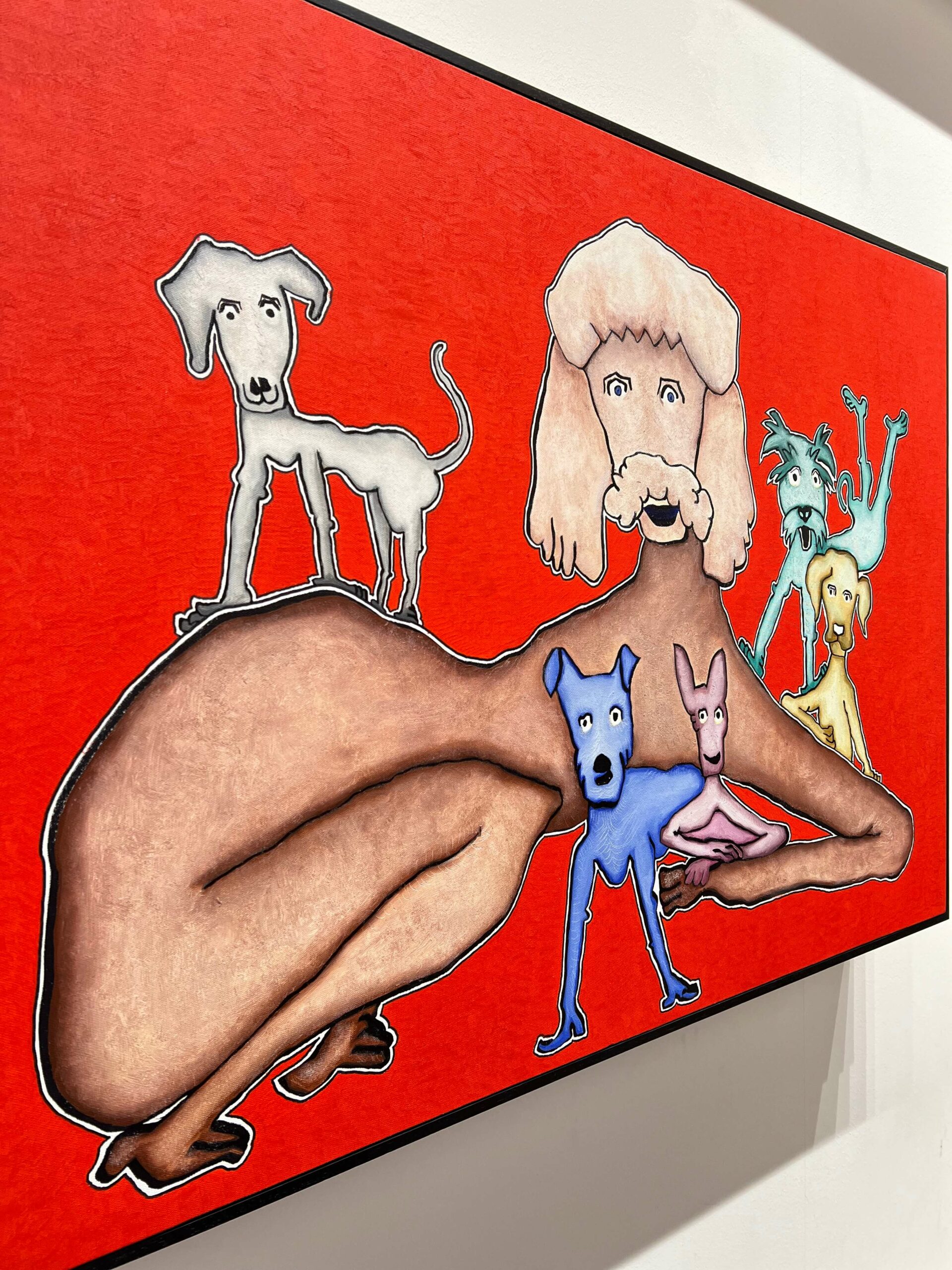We began the morning with the other big scene of the Biennale, the Arsenale, which is a huge complex of construction sites where the Serenissima fleets were built. Since 1980 the Arsenale has become an exhibition site of La Biennale on the occasion of the 1st International Architecture Exhibition. We found scores of people at the entrance even at the opening time.

